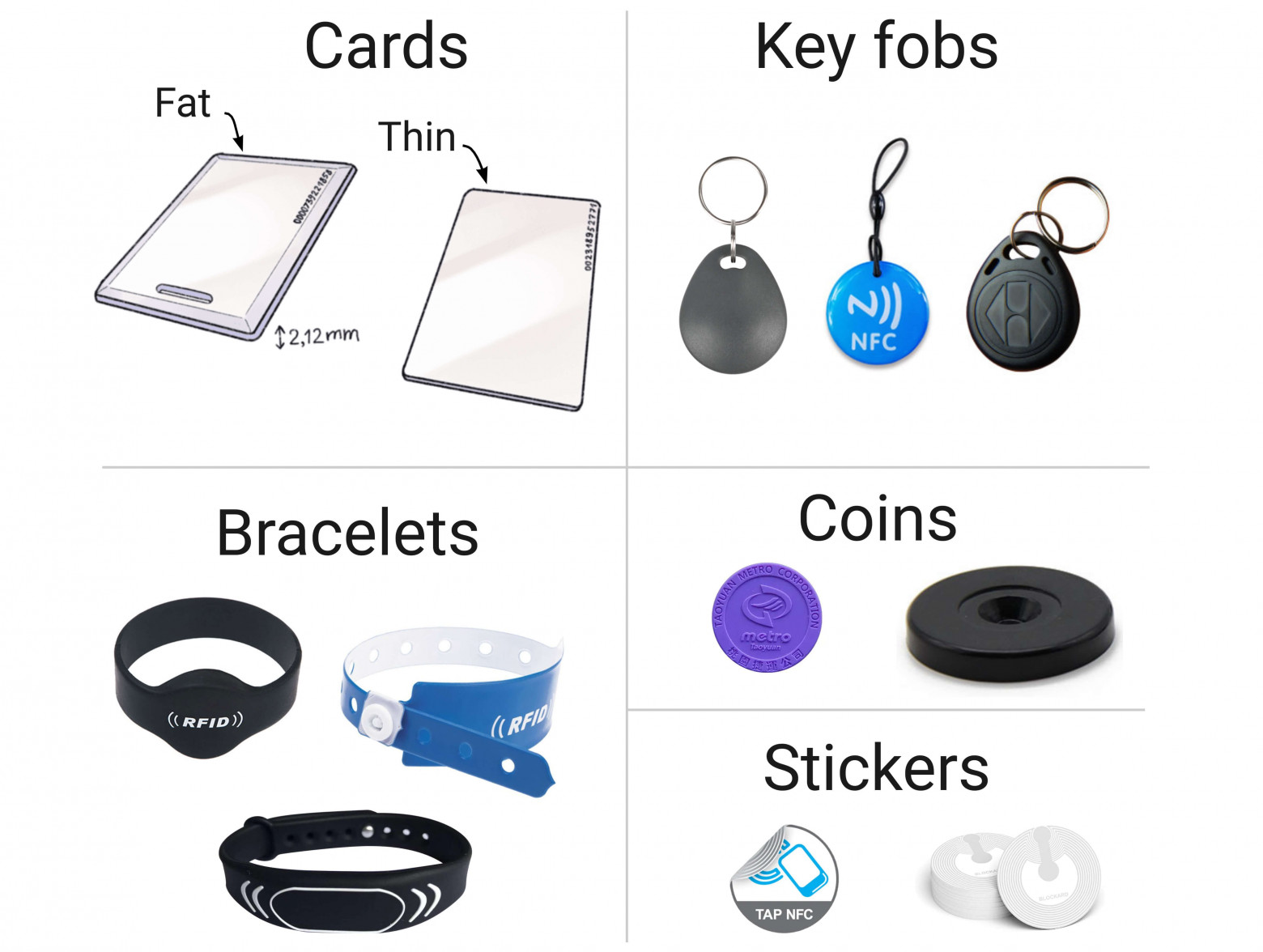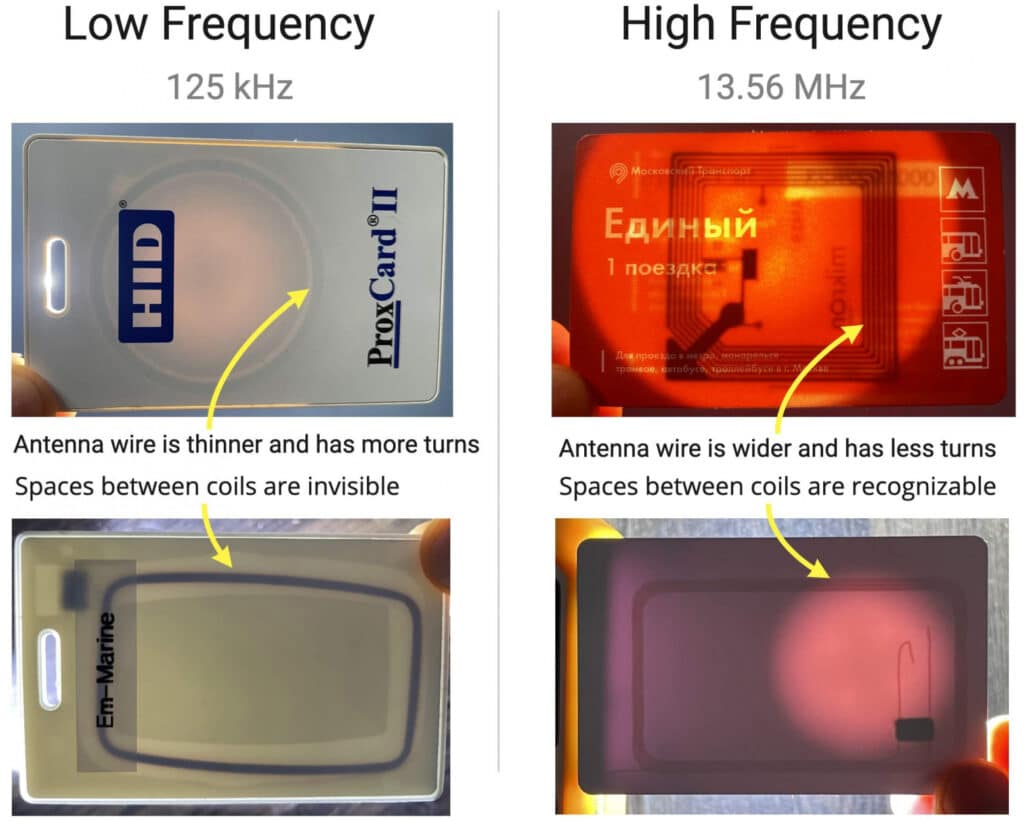How To Identify Your Access Card?
How To Identify Your Access Card?
In Dubai, most condo premises are guarded by a door access control system that requires an access card to tap on the access card reader/RFID reader before entering the premises. Such an access card comes in many forms such as a card, a tag, a fob, stickers, a charm, and many more.
Access cards are also called smart cards, RFID tags, RFID cards, NFC cards, door cards, HID cards, proximity cards, lock cards, and HID proximity cards. There are just too many terms or names for such cards which confuse most of the general public in Singapore.
In this blog, we will tell you the two types of access card frequencies that you must know. First, let us understand what is essential.
What is RFID?
RFID is a radio-tag technology that is contactless. It is surprisingly popular and may be seen in a variety of places, including intercom systems, bank cards, transport modes cards, and office passes. They are used to track domestic animals, collect tolls, and so forth. There are two types of RFID tags: high frequency and low frequency.
- Low-frequency tags (125 kHz) have a greater range. Despite their insecurity and stupidity, they are still employed in simple and basic access control systems such as building intercoms, workplaces, sports facilities, and museums.
- High-frequency tags (13.56 MHz) have a lesser effective range than low-frequency tags but more complicated protocols. They provide encryption, authentication, and cryptography support. These tags are often used in contactless bank cards, public transportation payments, and high-security systems.
RFID tags come in many forms such as cards, key fobs, bracelets, coins, and stickers. The type of forms does not have any differences other than the ease of keeping.
For example, at the gym. We may be given bracelets to help unlock the spa room. Or at an amusement park, they will be given a coins form of RFID to enter certain places.
RFID form types

How to differentiate between Low frequency 125 kHz and High Frequency 13.56 MHz?
Looking at the antenna is the simplest approach to determine what range the RFID tag is running on. Low-frequency tags (125 kHz) feature an antenna that is literally as thin as a hair. However, because such antennas contain a great number of twists, they appear to be a solid pieces of metal. High-speed cards (13.56 MHz) contain a much fewer number of thicker turns with obvious gaps between them.

You can see an antenna inside an RFID card by shining a light through it. It is most likely a high-frequency antenna if the antenna has only a few big turns. A low-frequency antenna seems to be a complete piece of metal with no gaps between the turns.
Conclusion
Low-frequency tags are frequently used in systems that do not require a high level of security, such as building access, intercom keys, gym membership cards, etc. Because of their greater range, they are ideal for paid parking: the driver does not need to bring the card close to the scanner because it is activated from a distance. Poor-frequency tags, on the other hand, are quite basic, with a low data transfer rate. As a result, complicated two-way data transport for things like preserving balance and cryptography is impractical to accomplish. Low-frequency tags communicate their brief ID and do not provide any authentication.
When you need encryption, a big two-way data transfer, authentication, and other features, high-frequency tags are utilized. It’s common in bank cards, public transportation, and other secure passes.
Here at accesscard.ae we offer duplicate condo cards that most security vendors can’t. Even for door access cards, we can duplicate most of them. Our process is simple! with one of the best pricing, you can find!
we can duplicate access cards or RFID duplicate cards such as HID iClass cards, and Mifare ultralight cards can be duplicated.

